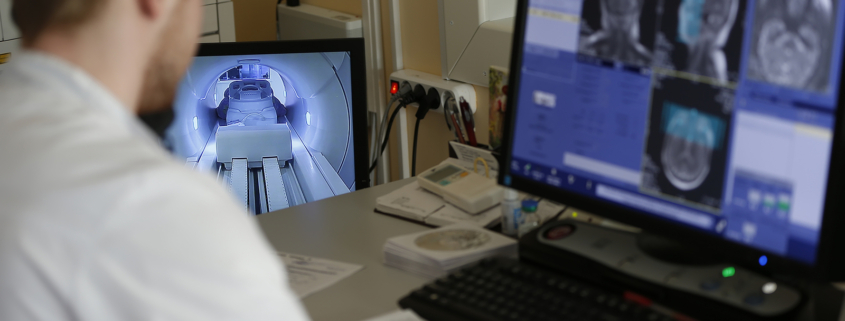Why Gamma Knife Surgery Is Essential for Patient Survival
Of all the treatments we offer, gamma knife surgery is one of the most significant technologies.
A form of stereotactic radiosurgery, It enables brain surgery to be carried out in a non-invasive way, with the operation taking place quickly, very short recovery time and, crucially, delivers radiotherapy to a very concentrated area that leaves the rest of the brain untouched.
Gamma radiation itself is radioactivity produced in the form of photons, which is very high in energy. In uncontrolled circumstances, such as accidental exposure or the deliberate use of a nuclear weapon, it is a particularly deadly form of radiation. However, its power to destroy cancer cells also gives it huge oncological potential.
This was first successfully harnessed in 1967 by the Swedish professor of neurosurgery, Lars Leksell. His invention of the gamma knife, which was subsequently patented as the Leksell Knife, was transformative in treating brain tumours.
Prof Leksell and his colleague Borje Larsson had been experimenting with combinations of proton beams and stereotactic guidance since the 1950s, but this proved ineffective and it was not until the Gamma Knife arrived that they succeeded in creating the device they wanted; a non-invasive radiosurgical instrument that could blast tumours with gamma rays.
A second version of the gamma knife was built by Professor Leksell and his colleagues in 1975, but the original stayed in use for 12 years. By the early 1980s, more gamma knife units had been established, in the Argentine capital Buenos Aries and then Britain’s first unit in Sheffield. The next two appeared in the United States.
Over time the technology has been refined, but it is essentially the same device that came into being in 1967. When we use the gamma knife in our different treatment centres, we are helping patients join the many thousands who have benefitted from this extraordinary development, one that has given hope and extended life to so many neurology patients.


